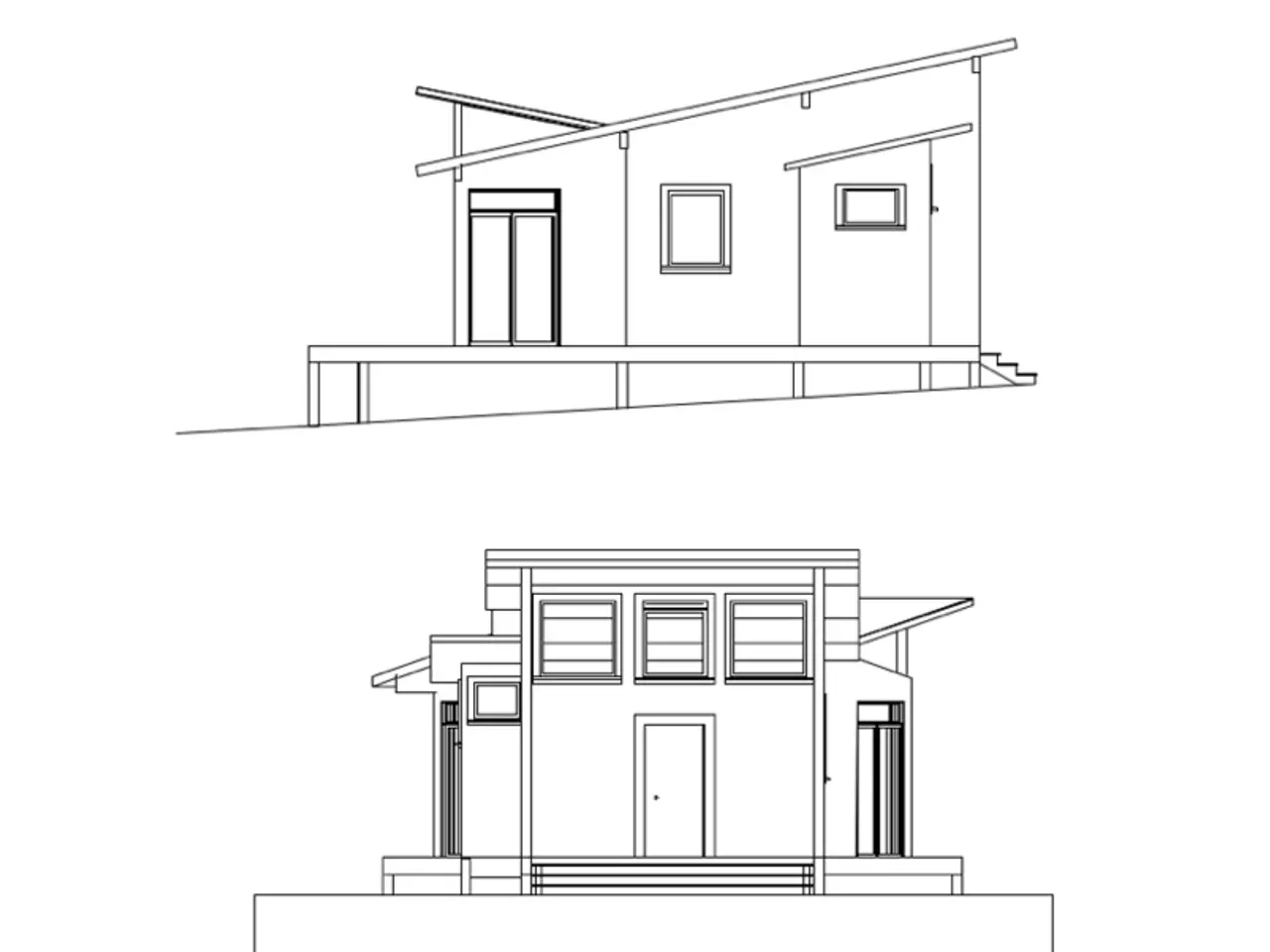Challenging obstacles ahead: Is the Labour Party capable of fulfilling their promise of constructing 1.5 million homes?
The UK's ambition to construct 1.5 million new homes by 2029 is facing a series of significant hurdles, according to industry experts.
Declining housebuilding activity is one of the main concerns, with key indicators such as the number of new homes with Energy Performance Certificates and council tax registrations falling in recent years. Planning approvals have also dropped to their lowest level in over a decade. This slowdown in housebuilding activity is putting pressure on the government to meet its ambitious targets.
Planning and regulatory hurdles are another challenge. Despite the government's introduction of planning reforms, housing delivery continues to decline. The proposed opening of lower-quality green belt land for development, known as the 'grey belt,' may help, but planning approvals are still insufficient to meet the targets set by ministers.
Economic and cost pressures are also impacting the housebuilding industry. Rising costs, including compliance costs from new regulations like the Building Safety Levy, are increasing financial pressure on developers, particularly in regions where land and transaction costs are higher.
Regional disparities are another issue, with some northern regions experiencing price and demand growth while London and the South face falling prices and project starts. This is compounded by challenges such as attracting younger talent due to high rents and living costs.
Skill shortages and industry capacity are another concern. The UK construction sector widely faces skills shortages and material supply constraints, which historically have slowed housebuilding rates.
Economic uncertainty is also clouding the housing market outlook, making it harder for developers to commit to large-scale projects needed to meet targets.
Tim Foreman, the Managing Director of Land and New Homes at Leaders Romans Group, has expressed concern about labor and material shortages potentially compromising the government's housebuilding targets. He warns that without demand to sustain growth, any productivity gains will be in vain.
Foreman believes that an increase in the number of homes built should not lead to a decrease in quality. He also calls for stronger support for Small and Medium Enterprises (SME) housebuilders, as they risk being squeezed out due to material shortages.
The Archaeological sector also presents challenges, with the number of archaeologists employed in the UK having increased from a low point 10 years ago, but issues over the profession's capability to serve numerous large-scale projects simultaneously persist.
Despite these challenges, the government insists it will hit its 2029 housebuilding target ahead of the next election. However, three in five developers believe achieving the target will be 'easy,' but doubts remain within the sector. The HBF has called for targeted government interventions to address these financial challenges, but Foreman mentions that these have yet to be responded to.
In conclusion, the UK housebuilding industry is facing a multitude of challenges, including a decline in planning approvals and housebuilding starts, cost and regulatory burdens, regional imbalances in housing activity, and broader economic and industry capacity pressures. These challenges mean the government is likely to fall well short of the 1.5 million new homes target by 2029 without significant further policy interventions and market improvements.
A potential solution to address the UK's housing shortfall could involve revising the sports sector's funding policy. For instance, a portion of government funding allocated to sports could be diverted towards housing initiatives, thereby increasing resources for SME housebuilders and supporting their growth.
An alternative approach could involve implementing sports-related initiatives to generate funds for housing. For example, organizing charity sports events with entry fees dedicated towards affordable housing projects in local communities. This innovative approach would engage the public in a direct and meaningful way while contributing to the housing policy goals.







